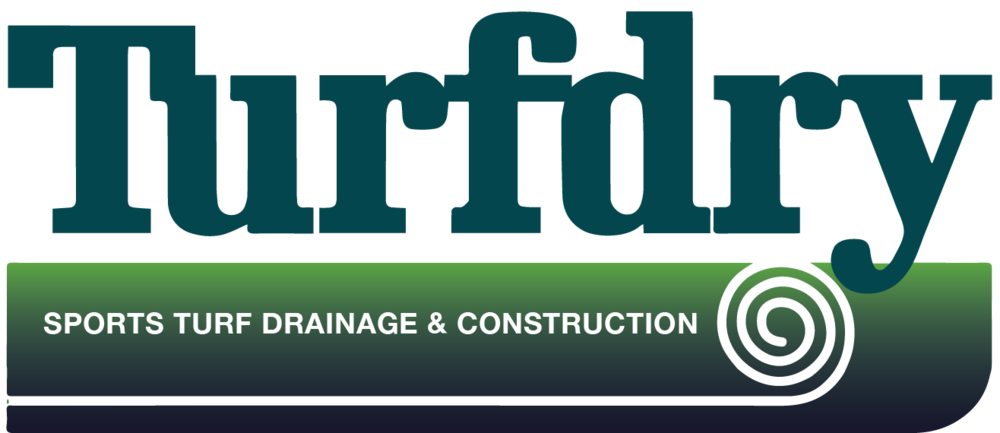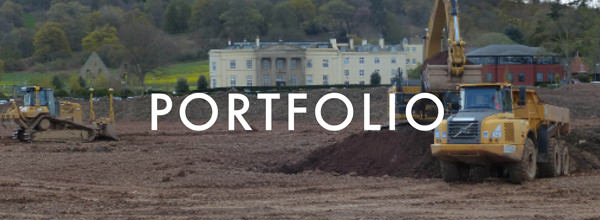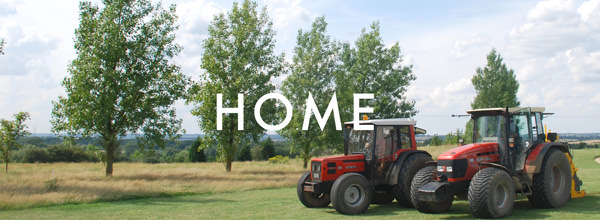PORTFOLIO - SPORTS PITCH DESIGN & CONSTRUCTION - Persimmon Homes, Nottingham
Persimmon Homes, Nottingham
Sports Pitch Design & Construction
With a reputation for delivering high quality sports pitch construction on-time and within budget, Turfdry’s clientele of major construction firms continues to grow – most recently with the completion of a new sports pitch project in Nottinghamshire for Persimmon Homes.
Charged with the development of the new new football pitches as part of the £96 million Teal Close development, Persimmon Homes sought specialist contractors to assist with the sports pitch construction. Joining the growing list of major construction firms that call upon Turfdry’s pitch construction expertise, Persimmon Homes recognised that despite tremendous expertise in building construction - with a successful history stretching back to the 1970s - this skillset does not transfer seamlessly to natural turf construction projects. As such, the appeal of engaging a true specialist like Turfdry is clear: with extensive knowledge and nearly 30 years’ experience, Turfdry can offer practical advice from feasibility, through design, to delivery. This results in cost-effective projects that deliver optimal quality within each project’s budget, benefitting from the value-engineering opportunities that comes with having delivered hundreds of projects nationwide.
Initially engaged to design & build two new football pitches, the positive working relationship established between Turfdry and the client led to the expansion of the project to include a further two pitches to the east of the initial site. Whilst the first two pitches were designed to be playable throughout the year, the second set of pitches were to be located on a floodplain. As with any project, there were a unique set of challenges that needed to be overcome to ensure the cost-effective delivery of high quality facilities.
Aerial view of the proposed pitch site prior to handover, with the flood plain in full effect.
CHALLENGE 1: FLOOD PLAINS & PITCH DRAINAGE
One of the principle challenges of the project was the site's location on designated flood plain areas. It was therefore crucial to minimise any raising of the ground level, as this would reduce the volume of available flood attenuation, thereby undermining flood relief mechanisms in the area. As a result, the pitches needed to be designed at the lowest level possible, and with minimal fall, in order to preserve the flood attenuation capacity.
This is a particular issue due to the fact that a pitch designed to Sport England standard requirements would have a gradient of 1 in 100 down its length, and 1 in 50 across its width; this is specifically to promote the movement of surface water across the pitch plateau such that it can be intercepted by the pitch's drainage system. However, in order to meet the requirement of minimising the alterations to the flood plain's profile, these pitches would need to be perfectly flat across their width, with only a 1 in 400 gradient along the length. This radically diminishes the natural movement of surface water, thereby posing a significant challenge for an effective drainage solution that would keep the pitches playable in all but the driest of conditions.
A further complicating factor in this regard is the requirement for conventional plastic pipe drains to be laid at a minimum 1 in 200 gradient, to ensure the internal velocity of collected water is sufficient to flush out any silt particles that have entered the drain via the water intake perforations; without this self-cleansing velocity, pipes will quickly become blocked with silt, diminishing the performance of the system and ultimately rendering it defunct. This therefore poses serious challenges for sites with low gradients such as this.
Fortunately, Turfdry was able to develop a solution to this issue by designing a drainage system that takes advantage of the unique clog-resistant geotextile of Hydraway Sportsdrain. With water intake perforations of only 140 microns in diameter, only the smallest particles can enter Hydraway drains, rendering them suitable for effective operation at considerably more shallow gradients than the 1 in 200 required for plastic pipe's self-cleansing velocity. Indeed, Hydraway has been successfully installed at even zero gradient, whilst still maintaining effective performance over time.
Though this would overcome the issue of pipes silting up over time, the minimal gradients of the pitch still posed a challenge to effective drainage performance due to the slow rate of surface water movement that would result from the very shallow slopes on the plateau. In order to counterbalance the slower rate of surface water movement, a more intensive drainage system was proposed, with Hydraway Sportsdrain laterals installed at {Xm} spacing; this reduces the distance surface water needs to travel across the pitch plateau before it is intercepted by a drain, thereby compensating for the shallow pitch gradients and providing drainage performance comparable to that of a pitch with conventional Sport England gradients of 1 in 100/1 in 50.
CHALLENGE 2: QUALITY TOPSOIL
The initial feasibility assessment of the site revealed insufficient existing topsoil on the site to adequately cover the pitches to a depth that would provide a high quality playing surface for the final facilities.
In order to minimise the environmental impact of importing the required material, as well as keeping costs to a minimum, Turfdry worked closely with Persimmon Homes to source quality topsoil from other nearby construction projects. However, despite Turfdry's careful assessment and analysis of this material prior to its import, the site was contaminated by the unauthorised tipping of waste material full of rocks, metal, and other inappropriate waste.
Though the majority of this problematic material was removed once it was identified by Turfdry, this caused considerable problems with determining which areas of the proposed pitches required additional remedial works to ensure that the success of the pitches would not be compromised. This was vital to the success of the project, as the geotechnical makeup of a sports pitch is a crucial determinant of its quality; this is true not only of the material itself, but also the way in which it has been handled: for example, soil that might otherwise be a perfectly adequate component of a high quality pitch might induce major issues with sinkage and swamping if it is buried when wet. With an unclear picture of the materials that now made up the site, delivery of quality pitches was complicated considerably.
Addiitonally, there was still a significant quantity of rock found within the soil profile as the works progressed, and this had to be removed before the drainage operations commenced as the bespoke trencher used to install Hydraway Sportsdrain cannot cut through solid rock, and in fact can be badly damaged by doing so. Consequently, the subsoil profile was 'ripped' by a bulldozer to bring the rock to the surface before being picked using an excavator and moved using dumpers to a temporary stockpile at the edge of the pitch plateau. Once this operation was complete, a deep 'borrow pit' was dug away from the playing pitches so that the rock could be safely buried at depth before the pit was backfilled using excavated spoil.
Despite the challenges, the project proved to be very rewarding, with a deceptively challenging site being tamed through careful and considered application of decades of natural turf construction experience. Nevertheless, the persistent vandalism of the site by thoughtless motorcyclists has been a challenge we would rather not have faced!
With the initial maturation of the pitches now well established however, everyone in the project can take great pride in the delivery of such high-quality facilities under difficult circumstances, and we look forward to seeing the maturation of the pitches as they go into use by local teams and residents.
Project Summary |
Services Provided by Turfdry
AddressMagenta Way |














